
The pandemic’s other casualties
As the world grapples to contain the spread of the novel coronavirus, endangered species are also fighting for survival. Although most endangered animals cannot get sick from this disease, they’re becoming additional casualties of the pandemic. Due to a lack of tourism and volunteers, as well as increased poaching in the absence of other economic sources, conservation groups are struggling to protect the most vulnerable animals on the planet. Here are some of the endangered animals most impacted by coronavirus.
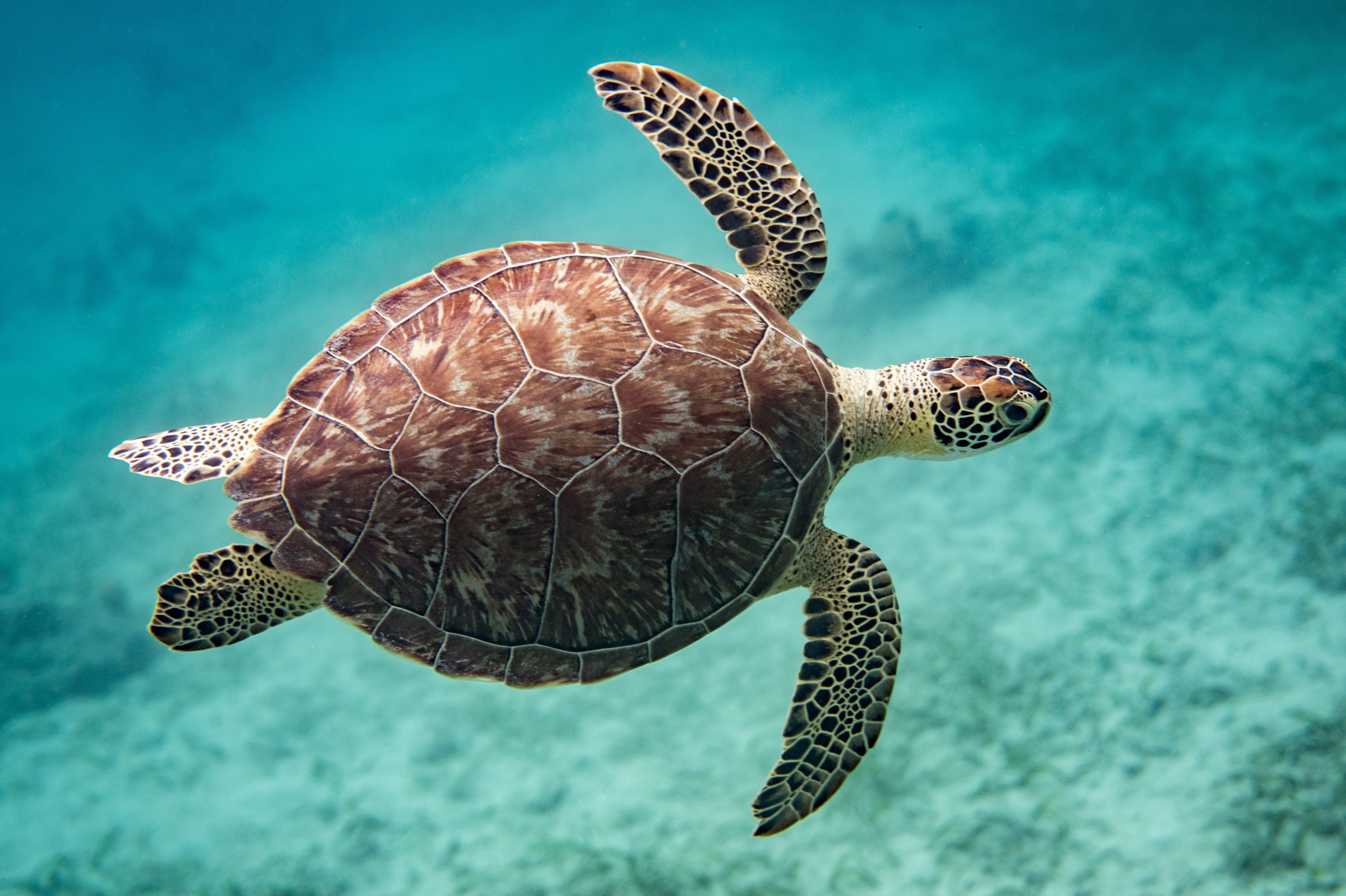
Sea turtles
Each May, turtles emerge from the sea to lay eggs on the beaches where they were born. But due to the risk of their eggs being eaten by predators or being illegally stolen by poachers and sold in the black market, six out of seven turtle species have become endangered in recent years. Armed with volunteers, conservation groups play a vital role in ensuring their survival until the fragile hatchlings reach the ocean. And volunteers do more than just financially support conservation, says Nicki Wheeler, International Coordinator for Latin American Sea Turtles Association (LAST). “They provide the manual labor for us to effectively patrol the beach, to build the hatchery each year, and to guard the nests,” she explains.
Without visitors, who are now staying home to stop the spread of COVID-19, local residents working as vendors, guides, taxi drivers, or cooks in remote places may poach to feed their families. Wheeler, who operates conservation research programs in Costa Rica’s Pacuare and Osa Peninsula, predicts losing more than 9,000 baby turtles this season and hopes that donations can keep these critical projects running.
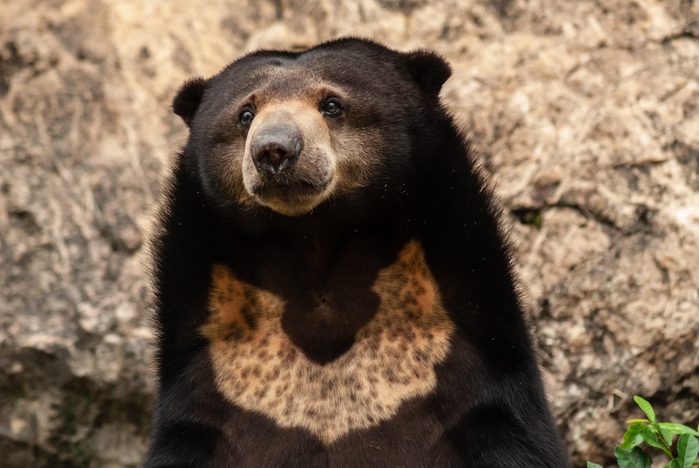
Malayan sun bears
Sun bears, so named because of the orange-yellow horseshoe marking on their chest that resembles the rising sun, are the smallest of the bear family. Found from southern China to Indonesia, they are listed as vulnerable by the International Union for Conservation of Nature (IUCN), and their numbers have declined by more than 30 percent in the last 30 years. The main culprits are habitat loss and illegal trafficking for their bile, which is used in traditional Chinese medicine. With China’s National Health Commission promoting an injectable drug made with bear bile to treat COVID-19, they are in even greater danger.
Wong Siew Te, CEO and founder of the Bornean Sun Bear Conservation Centre (BSBCC) in Malaysia, is concerned that if word about the drug reaches rural communities, demand for bear bile could cause a steep decline in their numbers; people out of work and desperate for income might look to poaching. “We also fear that when the country’s economy is hard hit during the lockdown, the exploitation of natural resources, like logging, land clearing, mining, etc., may cause habitat loss,” he adds. You can help sun bears by donating to groups like BSBCC and Free the Bears. These organizations rescue and rehabilitate captive and orphaned sun bears, as well as take down snare fences.
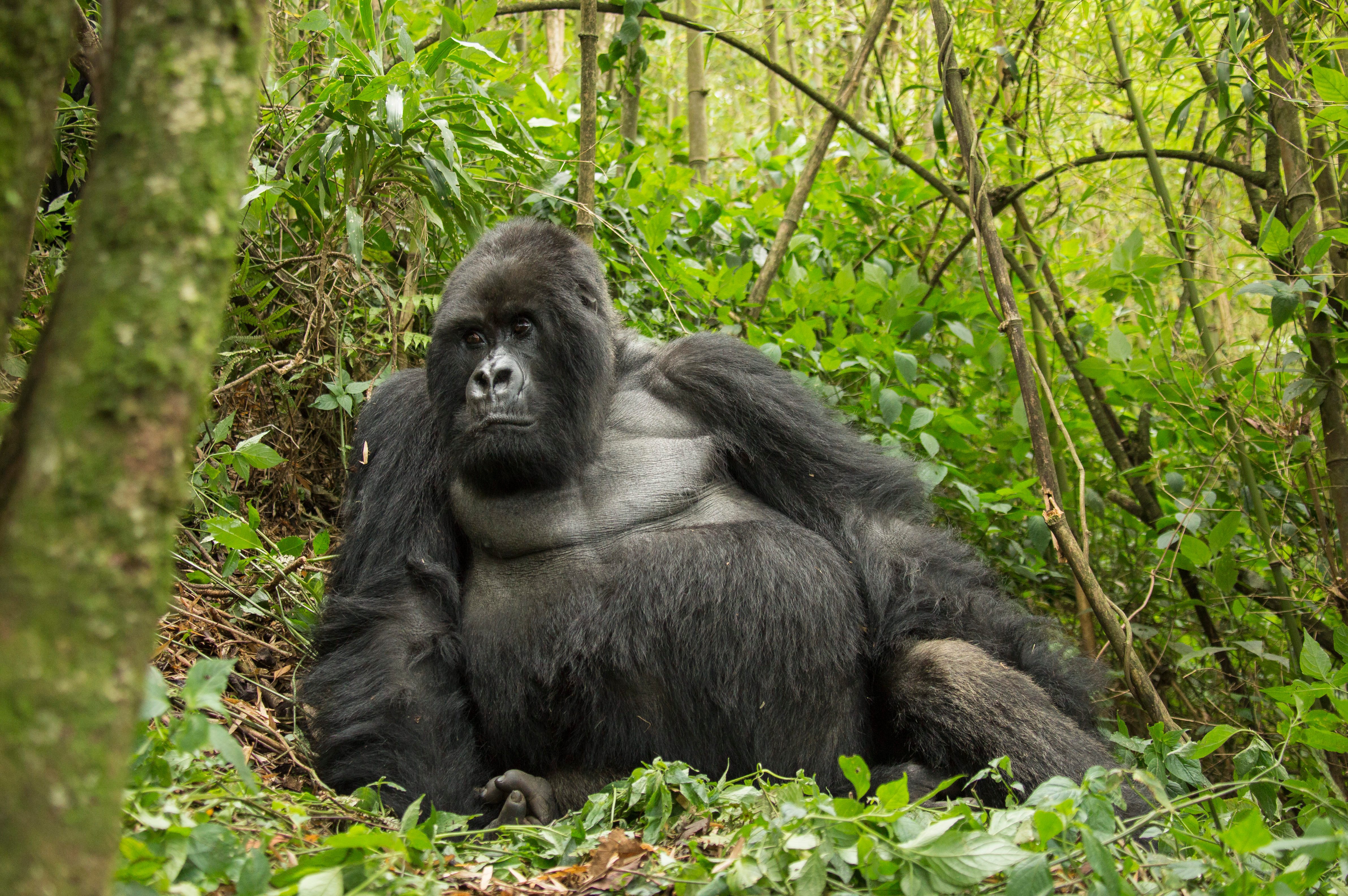
Mountain gorillas
With a good deal of genetic similarity to humans, great apes could be in danger from COVID-19, according to primate scientists, though there is no evidence yet of them being infected. Mountain gorillas, already faced with habitat destruction and hunting, are clinging to survival with a population of just over 1,000. They live in the Virunga Mountains bordering Rwanda, the Democratic Republic of Congo, and Uganda, and in the Bwindi Impenetrable National Park; you will never see one in a zoo. The spread of coronavirus among mountain gorillas would have catastrophic results. To secure the future of these animals, the IUCN’s Union for Primate Specialist Group and Wildlife Health Specialist Group recommend reduced visitations to these areas.
In addition to being vulnerable to our diseases, gorillas face another problem. “The success of gorilla conservation is intimately tied to funding from tourism, something that has virtually stopped since the emergence of COVID-19,” says Karol Orzechowski, content director at Faunalytics, a research firm for animal advocates. “This sets up gorillas to face a ‘double-whammy’ of negative effects.” You can help mountain gorillas by making a donation to the Dian Fossey Gorilla Fund International.
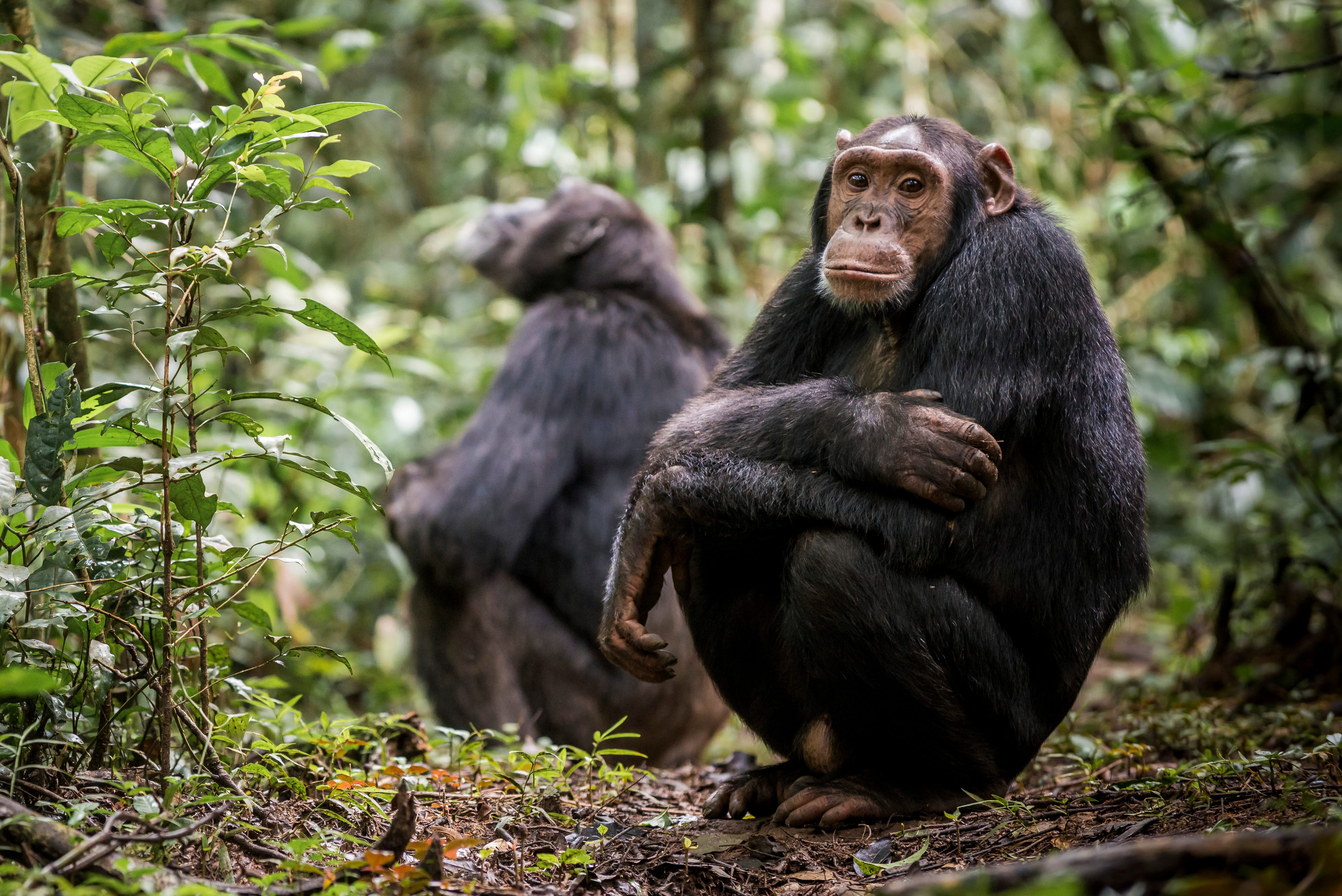
Chimpanzees
Among the smartest animals on earth, chimpanzees live in communities of a dozen on average in reserves and sanctuaries across central and West Africa. Demand for bushmeat, habitat destruction, disease, and human encroachment are some of the threats they normally face. According to Jim Desmond, cofounder of the Liberia Chimpanzee Rescue and Protection (LCRP) in West Africa, the western chimpanzee population has declined by 80 percent in the last few decades; their current population is around 53,000.
Like mountain gorilla advocates, chimpanzee sanctuaries are also taking precautions against COVID-19 infection. At LCRP, which cares for 58 wild and orphaned chimps, Desmond and his partner, Jenny, are doing their best to keep the animals safe. “As populations become smaller, the remaining individuals become more susceptible to catastrophic disease outbreaks,” he warns. The team is limiting their movement and staying within their small community, with just a few individuals going to town to get food and supplies while wearing masks.
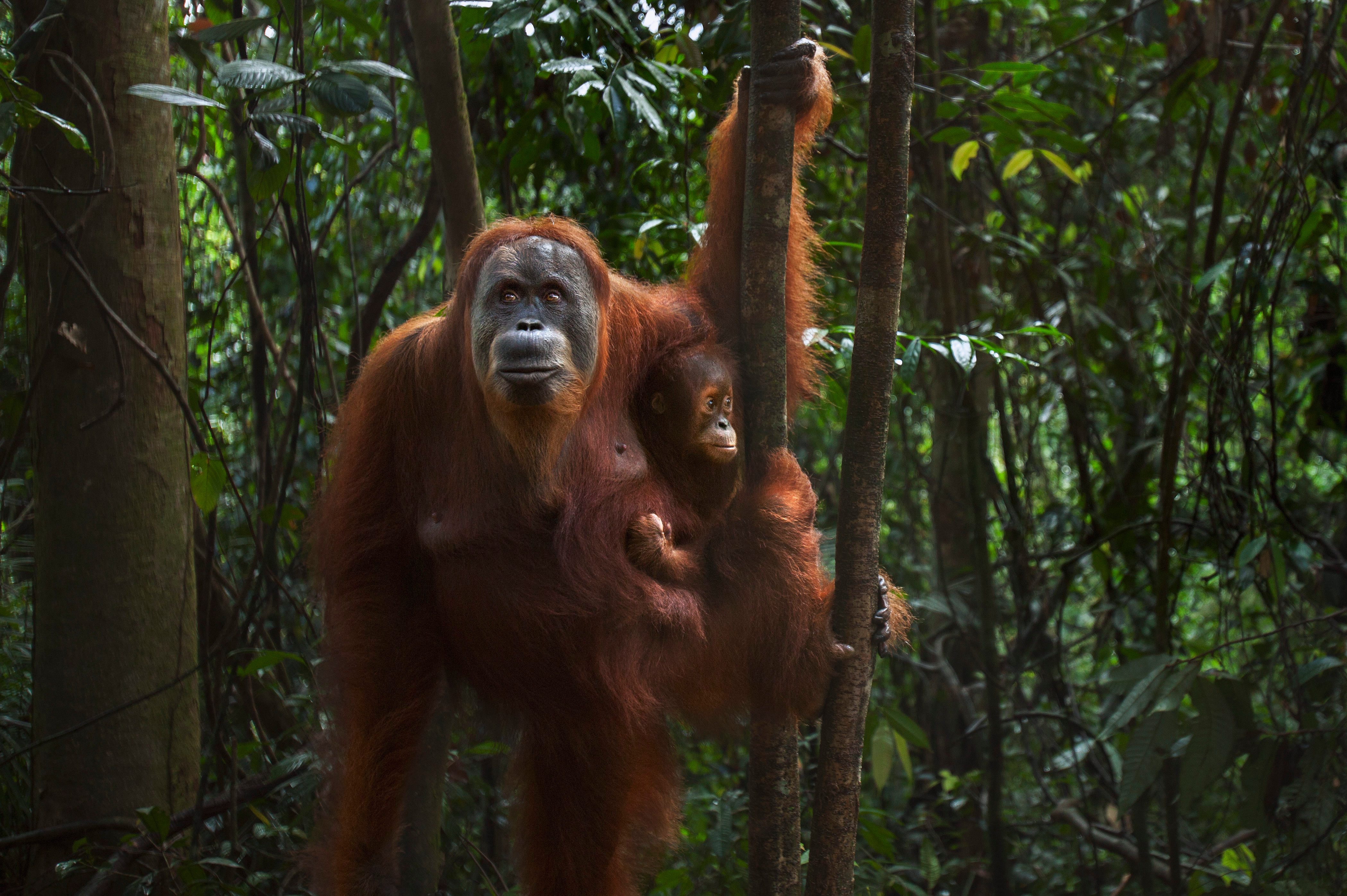
Orangutans
The native people of Indonesia and Malaysia called the orangutan an “Orang Hutan,” which translates to “Person of the Forest.” There was a time when orangutans roamed the forests throughout Asia; now, only 104,700 in Borneo and a critically low number of 7,500 in Sumatra remain. Sharing 96.4 percent of our DNA, these apes are susceptible to catching coronavirus. Because their populations are already low, without proper measures, an outbreak could bring these apes close to extinction.
“Wild orangutans are largely arboreal, so their distance is usually quite large to researchers. But there are several sanctuaries where large numbers of orangutans are kept. At those locations, there are also protocols in place to reduce risk,” Serge Wich, a professor of primate biology at John Moores University Liverpool, told the Independent. According to IUCN guidelines, a minimum distance of 32 feet from great apes is recommended, and humans should wear N95 or surgical masks when conducting safety and health checkups. Plus, no one who is ill or has been in contact with a COVID-19 patient in the last 14 days is allowed near them.
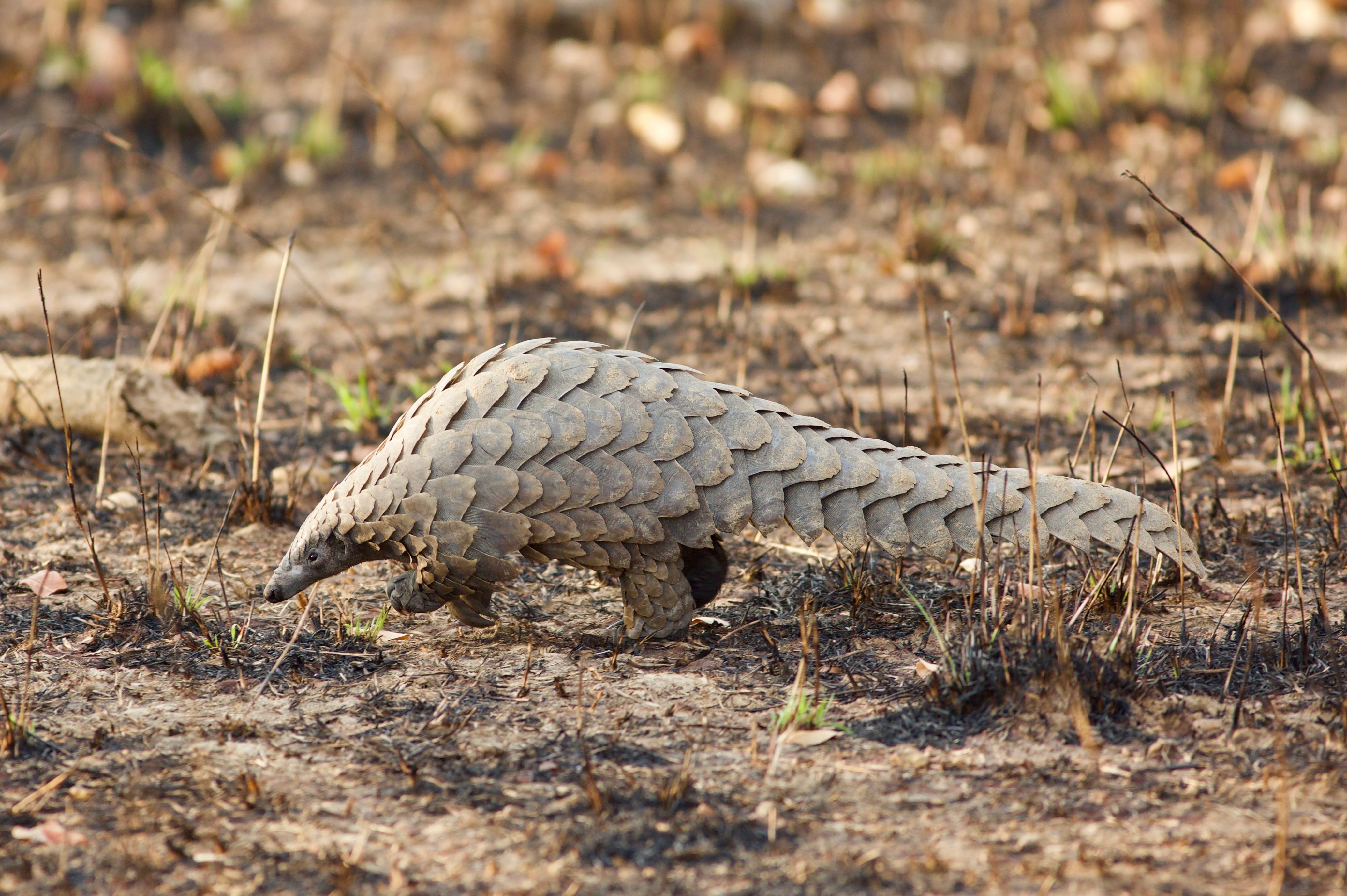
Pangolins
Pangolins are among the rarest animals on earth and the world’s most commonly trafficked animals, often sold at wildlife markets in Asia. Since the coronavirus outbreak, they’ve garnered attention as a possible source of the contagion. According to the Guardian, viruses from both a bat and a pangolin may have met in the same host, exchanged genes, and resulted in human infection. China has since banned eating wild animals, but that hasn’t reduced pangolin trading; the powder made from pangolin scales is used in traditional Chinese medicine to treat various ailments, including arthritis and lactation difficulties.
So far, the pangolin may be one of few endangered animals catching a break from coronavirus. Orzechowski predicts that air travel and border-crossing restrictions could slow down smuggling and says that the extra attention might actually help the species. “This effect will likely be more pronounced as pangolins are thrown into the spotlight as potential disease vectors and governments discuss stronger regulations of the wildlife trade,” she explains. For now, humans are also shying away from pangolins because of their potential connection with COVID-19. Only time will tell, however, if that continues.

Asian elephants
Hunting, habitat loss, and fragmentation have driven the Asian elephant to endangered status, with the Borneo pygmy elephant among the 14 species that could disappear in your lifetime. Thailand has more domesticated elephants than those in the wild, and many are in sanctuaries, camps, and parks. But with tourism halted, elephants are out of work and starving. Despite calls for phasing out elephant tourism, many camps housing captive elephants rely on income from rides and interactions to sustain their operations and keep the animals fed. Sanctuaries, like the Patara Elephant Farm in Chiang Mai, also depend on visitors to feed, rescue, and provide medical care for animals.
These gentle giants simply can’t venture into the forest to forage, as they are used to being fed, and regardless, there isn’t enough food to go around for both captive and wild elephants. “It is Thailand’s hottest, driest period of the year, and in some areas, the forest’s supply of natural foliage is completely depleted,” Jan Schmidt-Burbach, head of wildlife and animal welfare research at World Animal Protection told Mongabay.com. Fires caused by dry conditions are exacerbating the situation.
Theerapat Trungprakan, president of the Thai Elephant Alliance Association, told the New York Times that “he feared that unless the government intervened, some elephants would be forced back onto the streets [to beg] or even into illegal logging operations.” Many camps are returning elephants to their owners in the villages, who are finding it difficult to nourish them and pay for their mahouts under these circumstances.
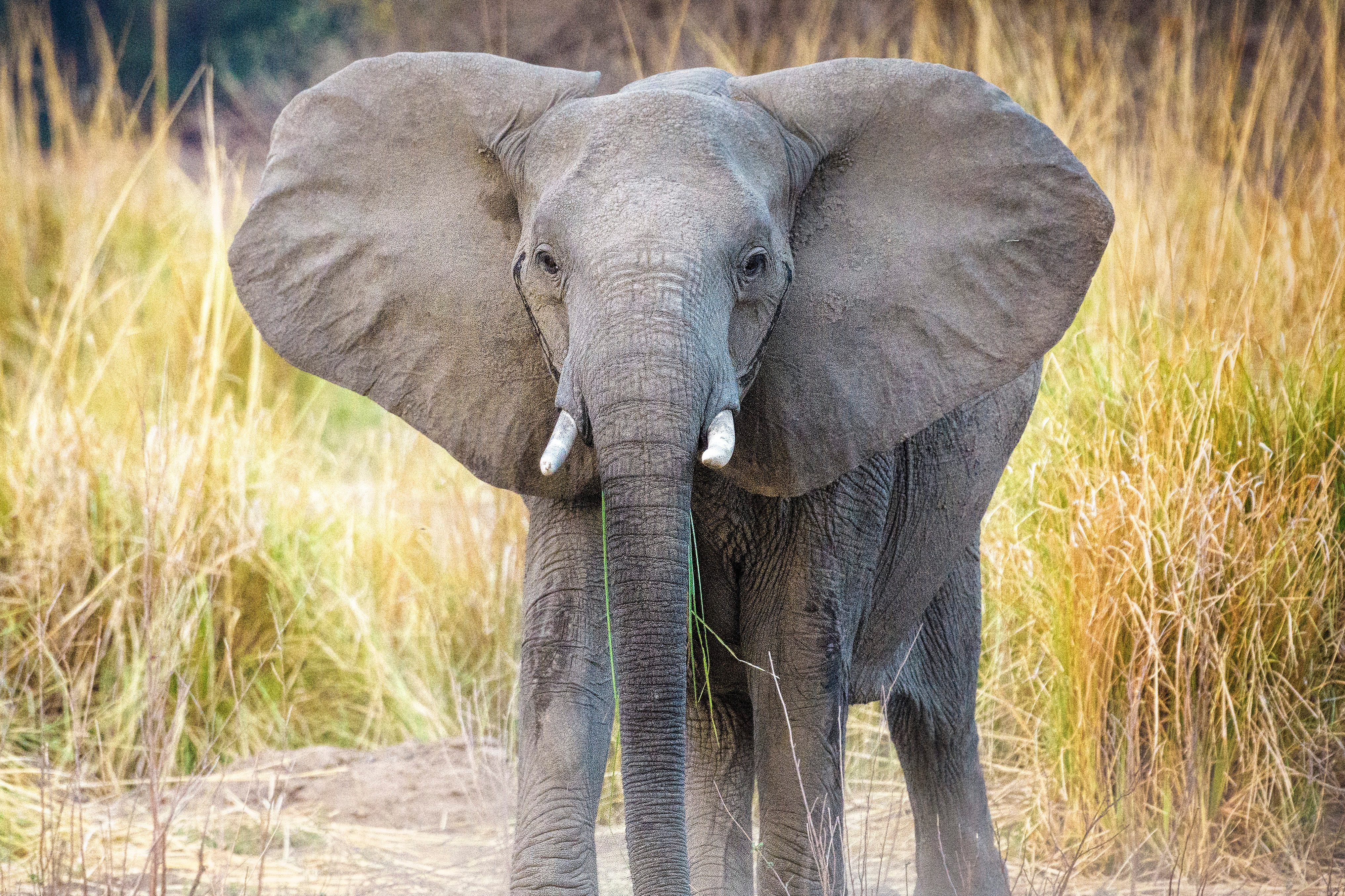
African elephants
The African elephant population decreased from 26 million in pre-colonial times to 400,000 today, due to demand for ivory as well as human-elephant conflicts. Conservation groups and ethical safari companies, sustained by tourism revenue, have been fighting illegal poaching and rescuing animals. But the closure of national parks and reserves across Africa due to coronavirus has left guides unemployed. Tammie Matson, PhD, principal researcher at Akagera Elephant Project in Rwanda, had been funding her research through Matson & Ridley Safaris. Now, her past guests are donating to support guides during this difficult time.
Matson emphasizes the importance of having “boots on the ground” through anti-poaching patrols. “While the elephants might be enjoying a break from tourist traffic, we know that the safari companies that operate in these wildlife habitats are key to patrolling them and keeping poachers out,” she says. Companies like Wilderness Safaris and Natural Selection are doing their best to continue managing the reserves they operate to safeguard the animals.
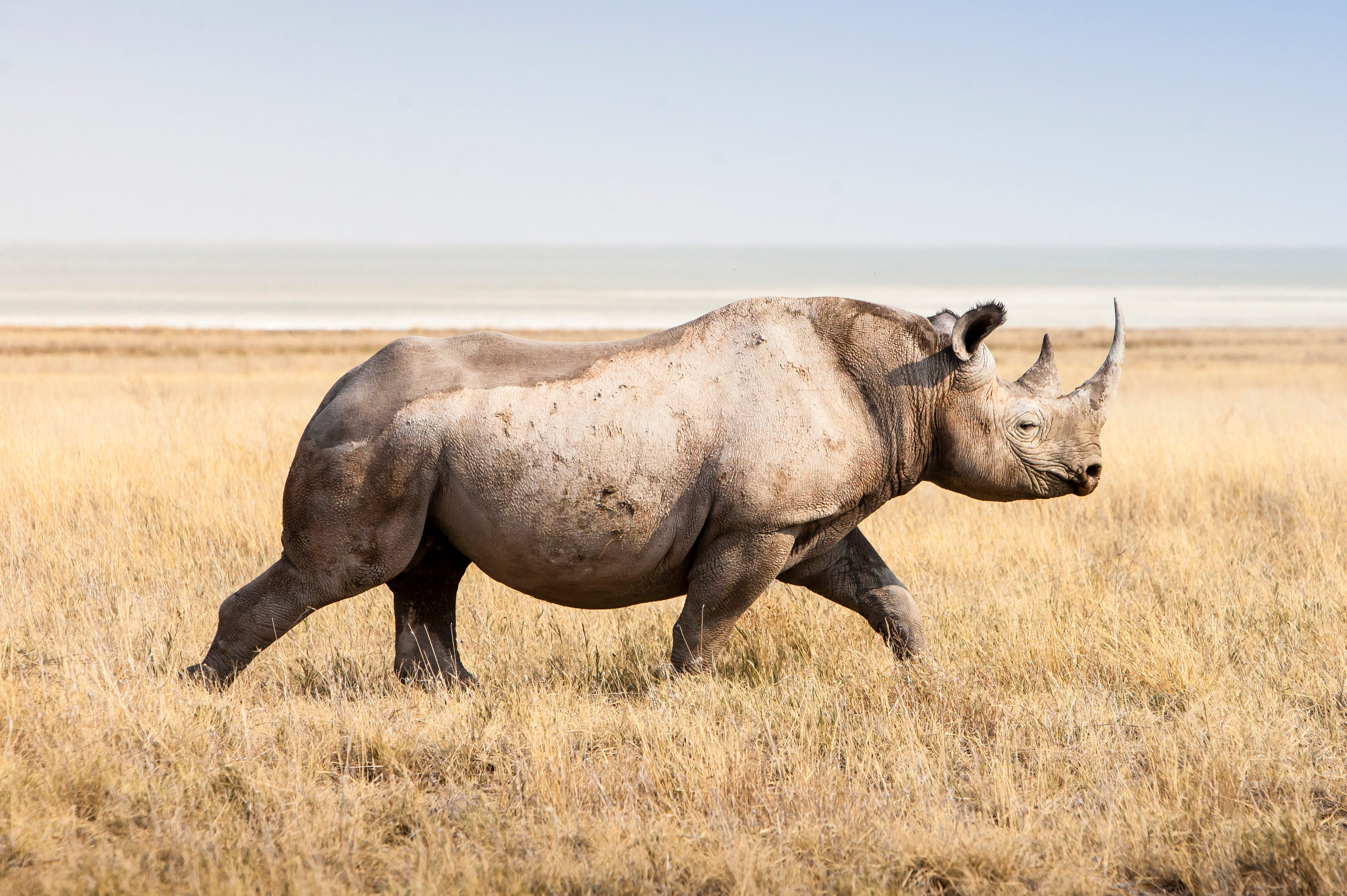
Rhinos
Since African countries went into lockdown, rhino poaching has increased in tourism hot spots in South Africa and Botswana, according to the New York Times. Without the presence of tourists, guides, and researchers, rangers alone can’t keep illegal activity at bay. The demand for rhino horns, falsely believed to have value in traditional Chinese medicine, has led to population decline. Fewer than 30,000 rhinos now remain in national parks and sanctuaries.
Without safari tourism, there is no money to keep things running smoothly. Matt Brown, Africa Director of The Nature Conservancy (TNC), says this crisis is “pushing us to think harder about how we can reduce dependence on tourism in Africa, for the sake of its people and wildlife,” and he stresses the need for greater revenue diversification. TNC’s Wildlife Conservancies Crisis Fund is currently trying to maintain projects, keep rangers working, and find ways to make conservation progress more durable.
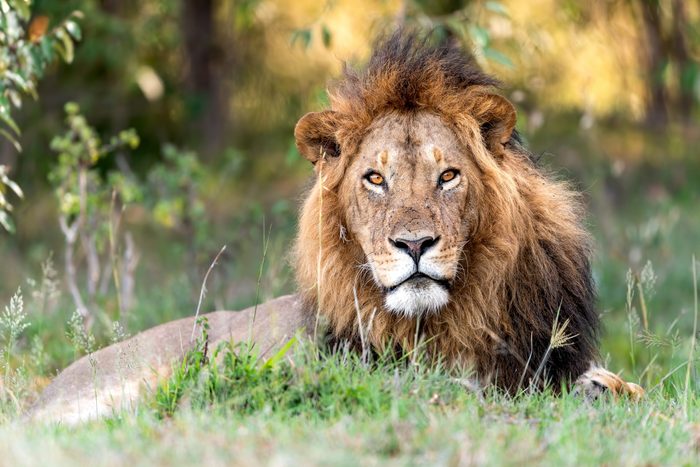
African lions
The king of the jungle is already facing an uphill battle, and the situation has become even graver due to a lack of safari revenue. For example, the Loisaba Conservancy in Kenya, which relies on this vital income, may have to decrease its anti-poaching patrols in the future, according to National Geographic.
Brown encourages people to prebook a trip to the property for a future date so that Loisaba and TNC can continue to protect lions during this difficult time. He also recommends supporting Lion Landscapes, another local partner that uses teams of Lion Rangers to keep lions safely away from livestock and people. One of the biggest threats to lions is the conflict with pastoralists who seek retribution for big cats that kill their cattle.
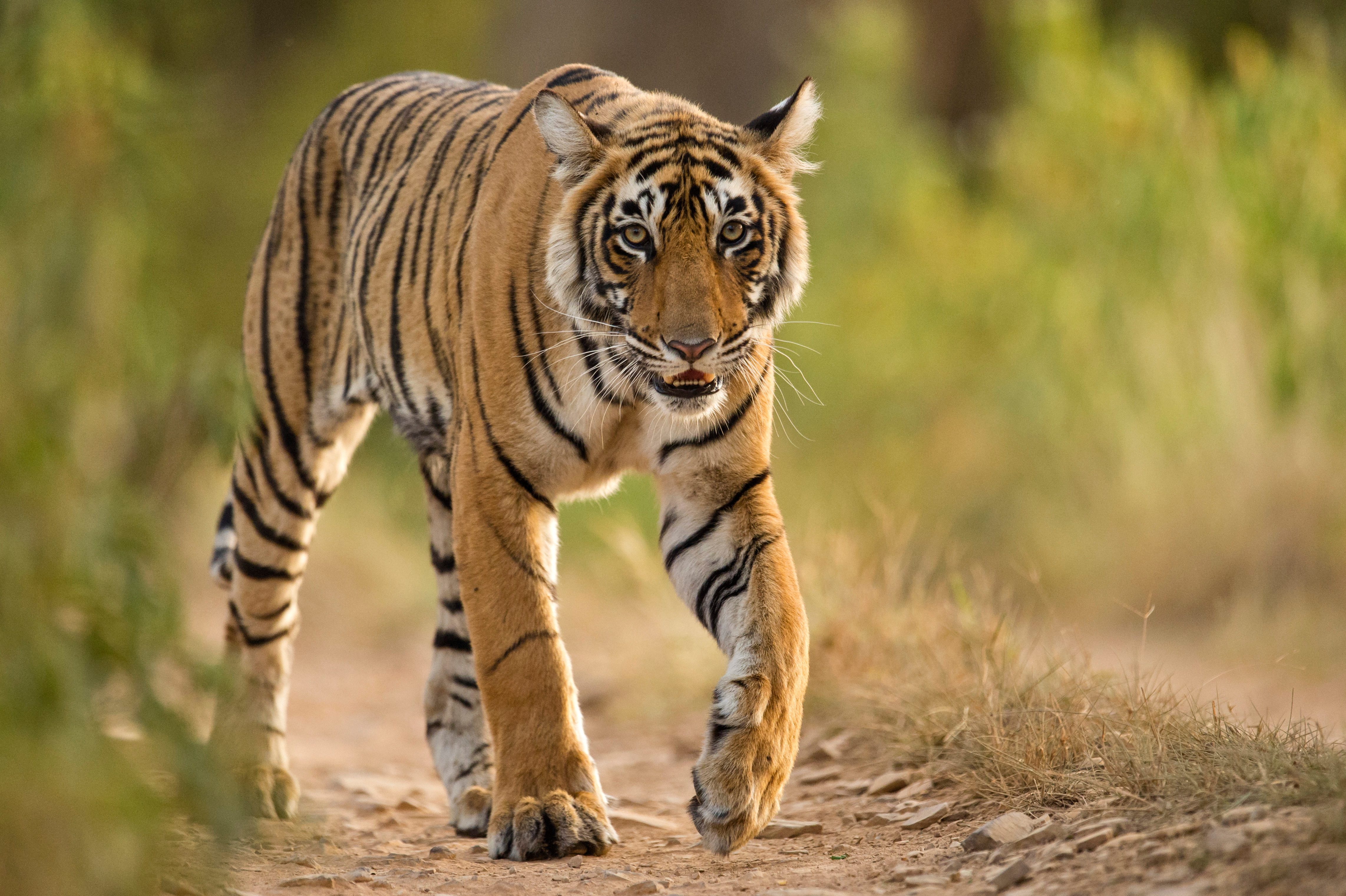
Indian tigers
Netflix’s Tiger King grabbed the nation’s interest, but most people missed the plight of tigers amidst the human drama. More tigers live in captivity than in the wild. With the Bronx Zoo tigers catching coronavirus, India, which has more than 70 percent of the wild tiger population, has advised its sanctuaries to take extra precautions to keep out the virus. India is under lockdown, and national parks, reserves, and sanctuaries with tigers have restricted visitations and are testing personnel interacting with the big cats; rangers still continue to patrol the areas.
However, Ullas Karanth, director of the Centre for Wildlife Studies in India, told the New York Times that fears over the virus are misdirected. “Illegal hunting of the tiger’s prey species for meat by desperate locals during the lockdown is a bigger threat to wild tigers than the disease itself,” he said. As of late April, seven poachers had been arrested in Bandipur Tiger Reserve with dead deer.
Find out if your domestic cat can get coronavirus.
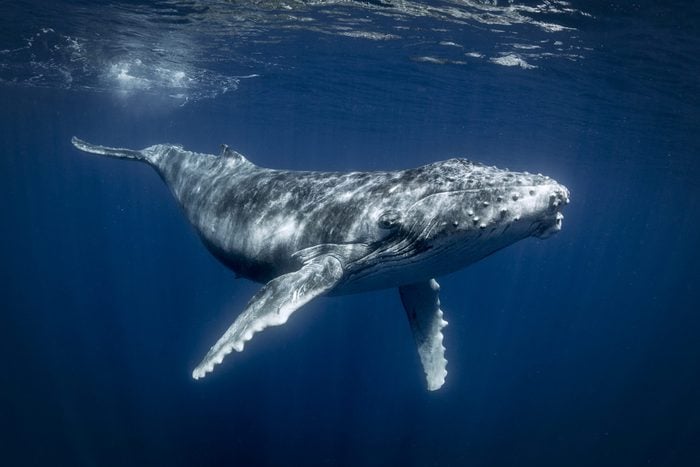
Whales
The pandemic is not tragic for some endangered species. “It’s decidedly good news for whales,” says Captain Paul Watson, founder of the Sea Shepherd Conservation Society. Despite the 1986 International Whaling Commission (IWC) ban on whaling, it continues in parts of the world under the guise of research. Several whale species are endangered, including the North Atlantic right whale, which is one of the animals you probably didn’t know were endangered, with only a few hundred remaining in the wild.
These marine mammals face many threats: entanglement in fishing nets, collision with ships, pollution, and habitat degradation. With half of the industrial fishing fleets confined to ports due to COVID-19, whales are getting a much-needed reprieve. “The Fin whale hunt in Iceland has been closed for the year, and the Icelandic Minke whale hunt has been shut down permanently,” says Watson. “Also shut down is the slaughter of pilot whales in the Danish Faroe Islands.”
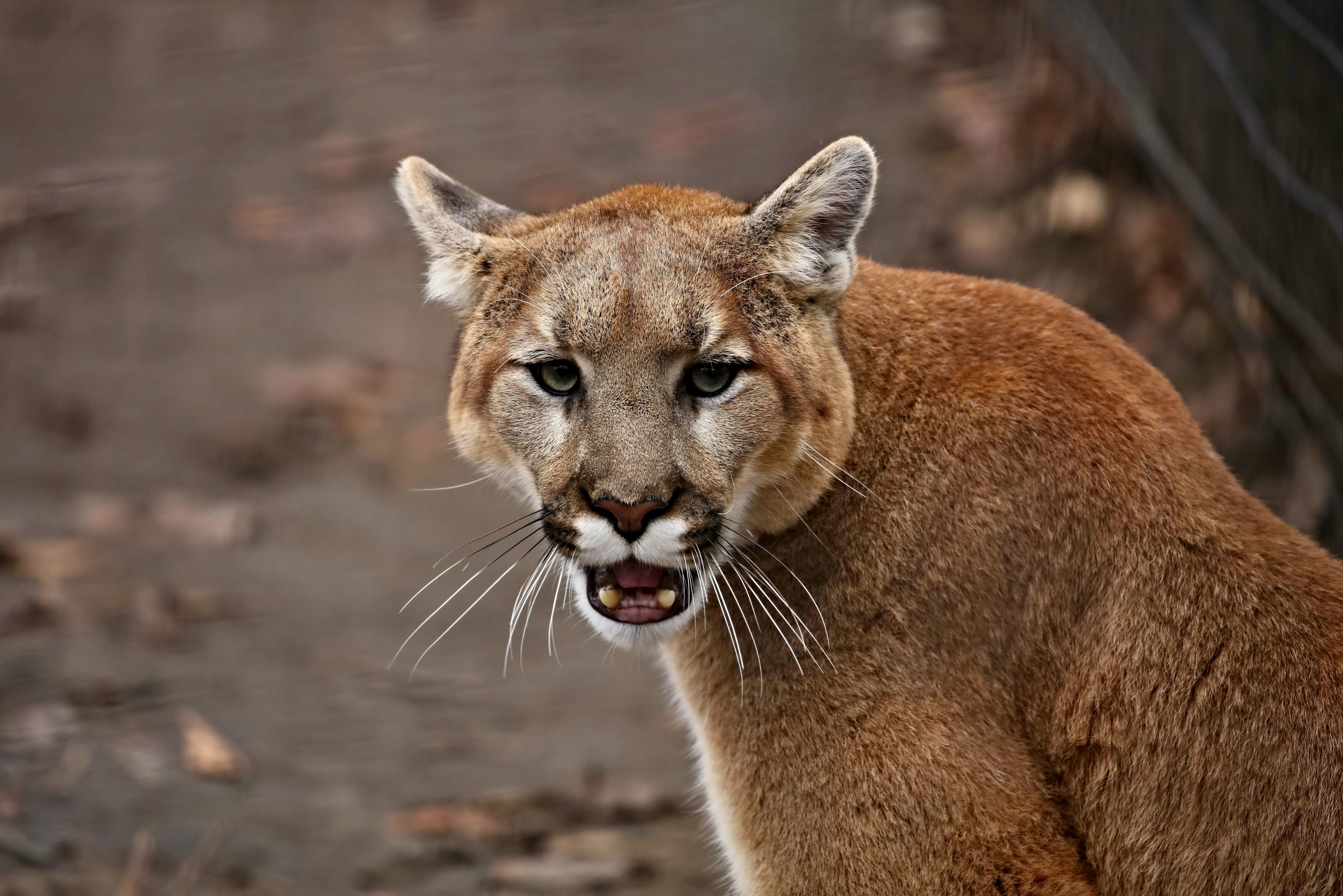
California mountain lions
The California Fish and Game Commission recently extended protection to the mountain lion under the state’s Endangered Species Act. Although its population is stable in North America, only a few hundred remain in the Golden State. These animals face overdevelopment threats, including getting struck while crossing highways and losing access to better habitats, especially in and around the urban sprawl of Los Angeles.
With traffic reduction due to shelter-in-place orders, these imperiled cats are moving freely, according to David Mizejewski, a naturalist with the National Wildlife Federation. “It is, however, only temporary relief, so focus on the long term solution of corridors and highway overpasses remains critical,” he says. The National Wildlife Federation’s #SaveLACougars campaign is educating residents on safely coexisting with these wild felines, which aren’t as dangerous as you might think. More importantly, the camp is advocating for the creation of a wildlife crossing over the 101 Freeway.
For more on this developing situation, see our comprehensive Coronavirus Guide.
